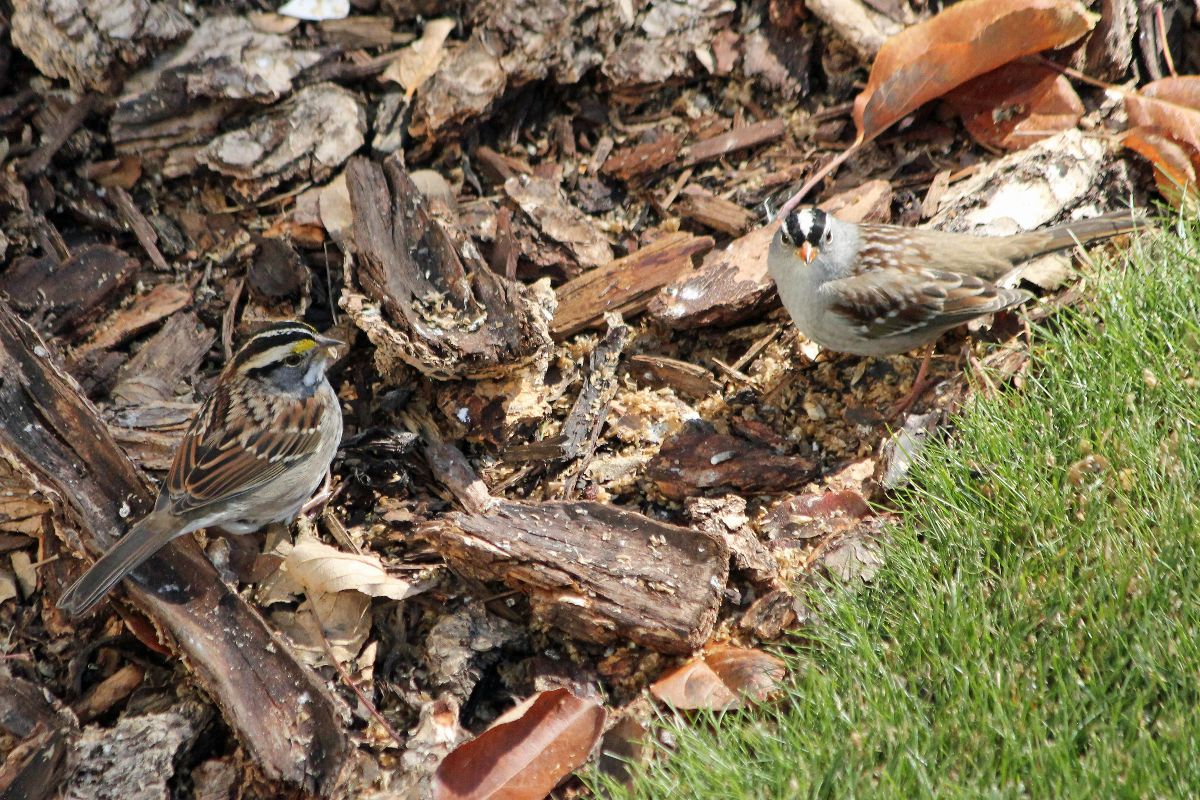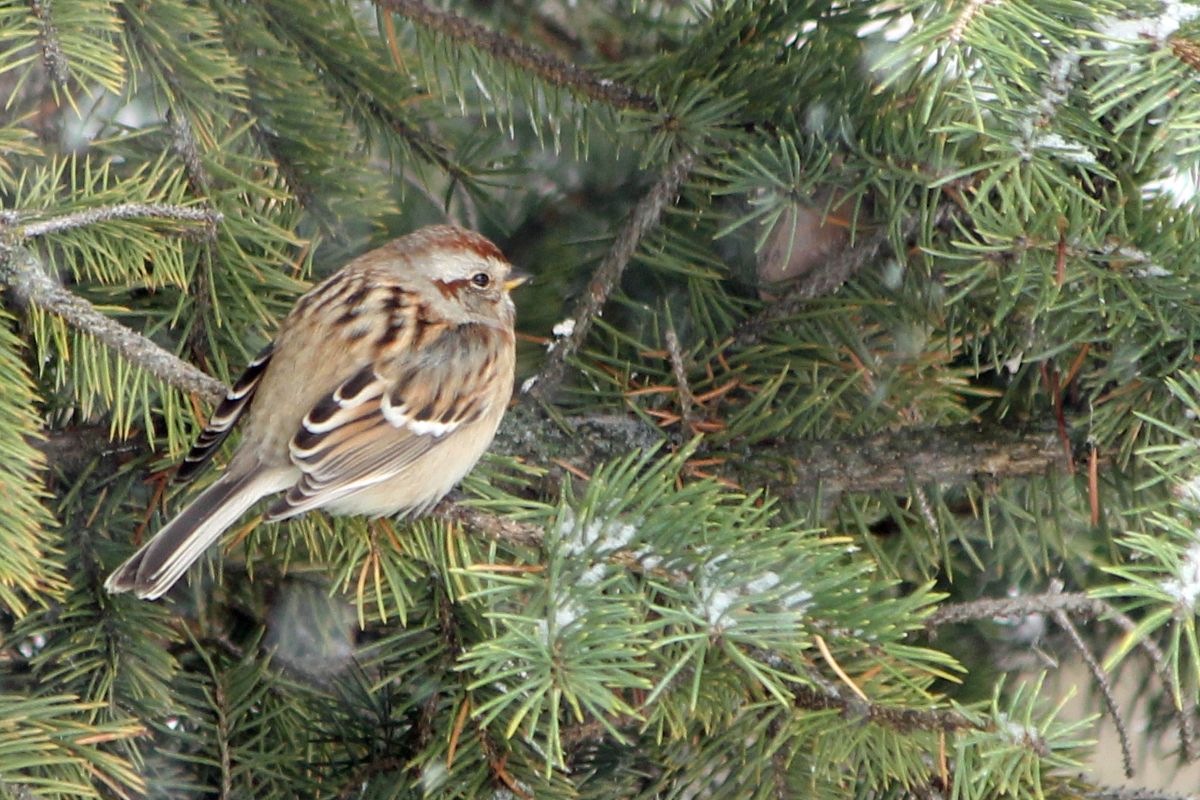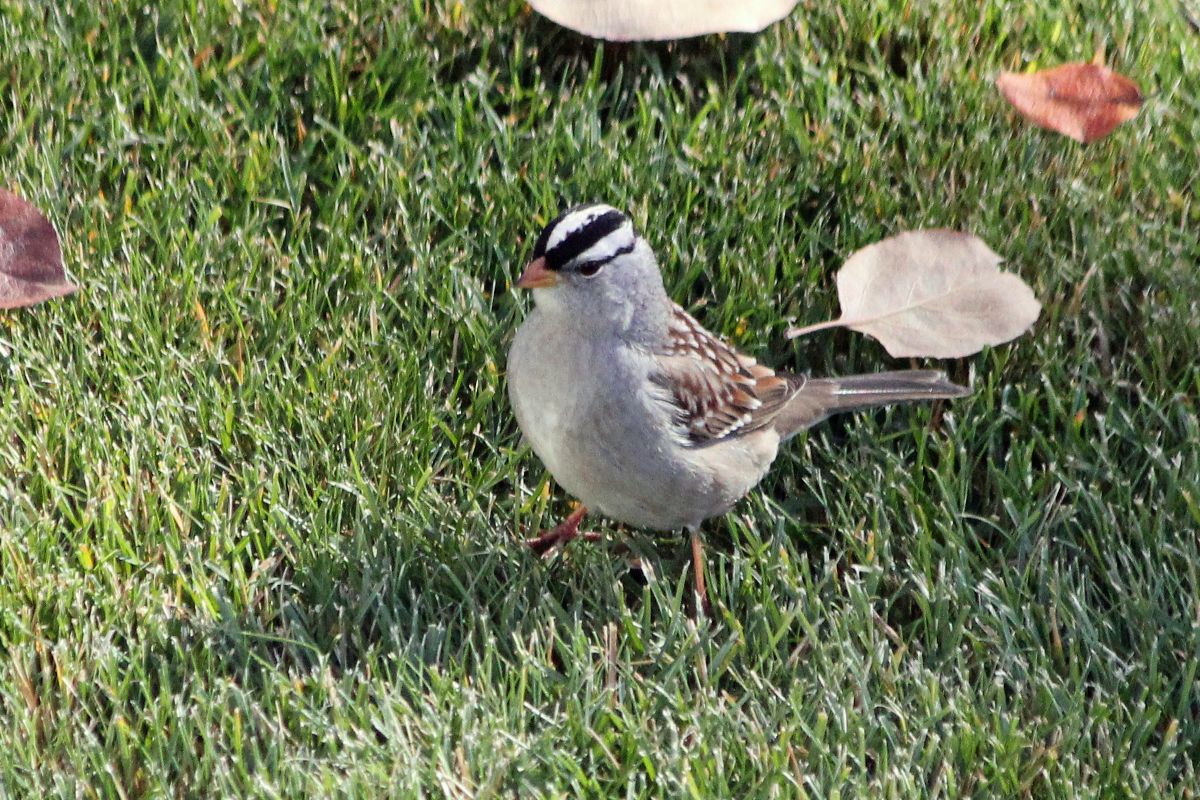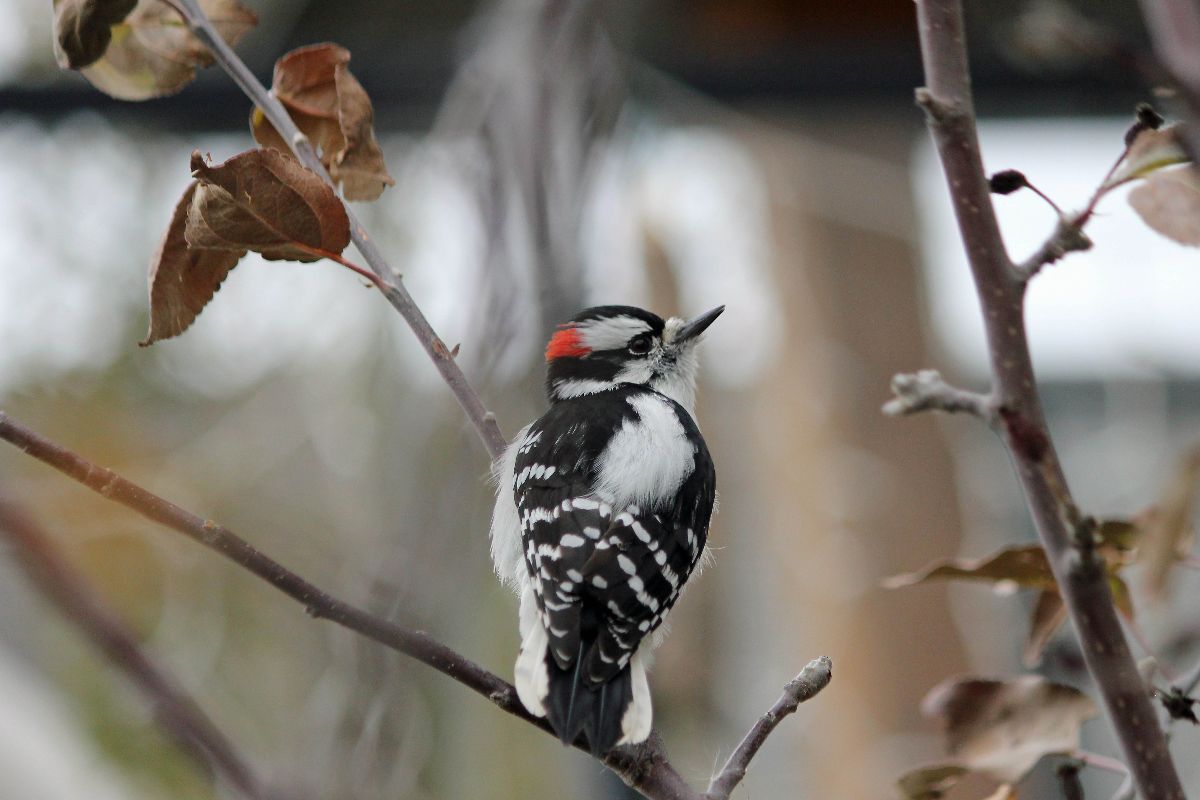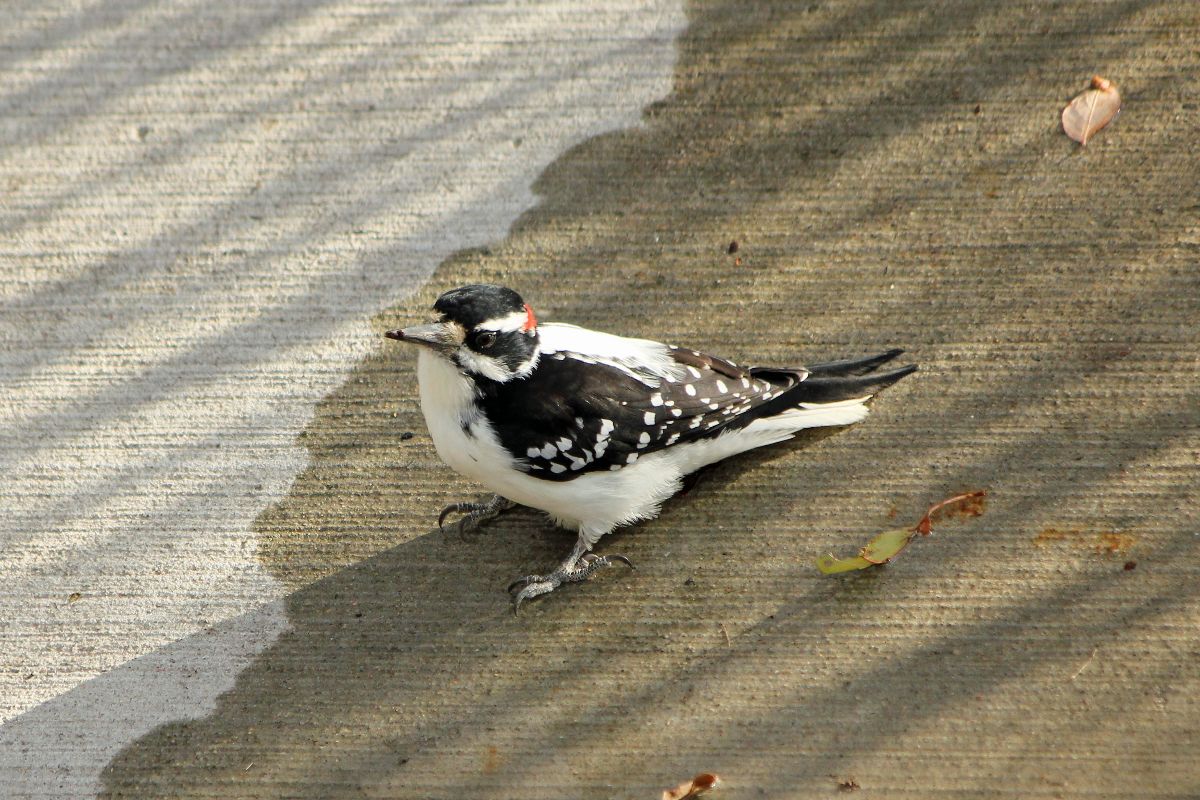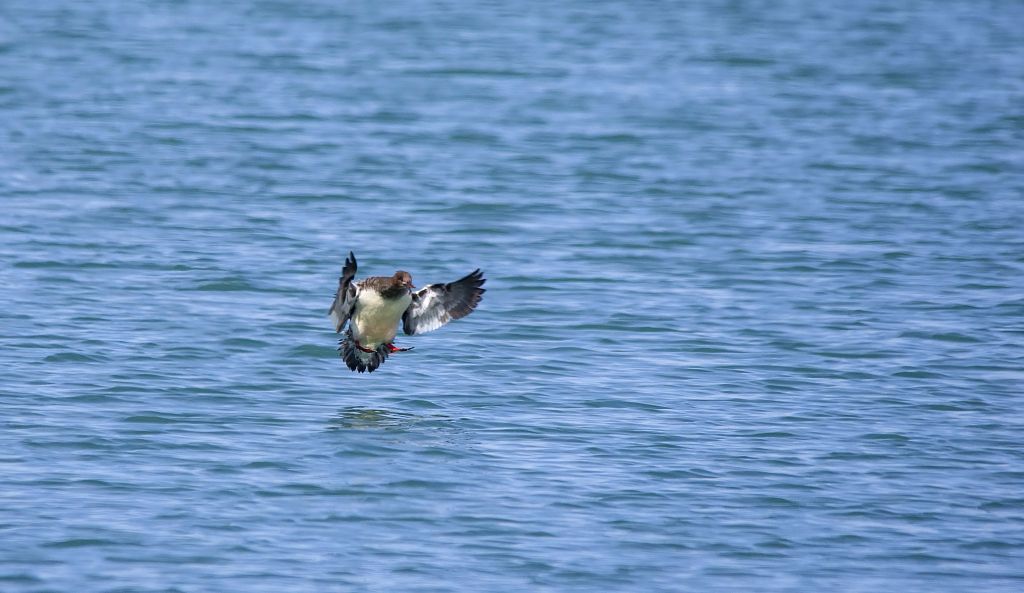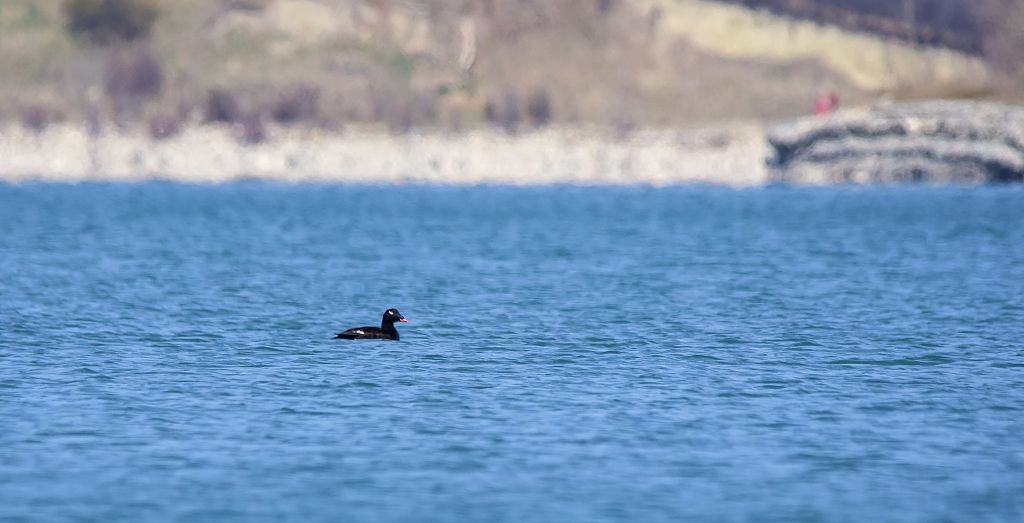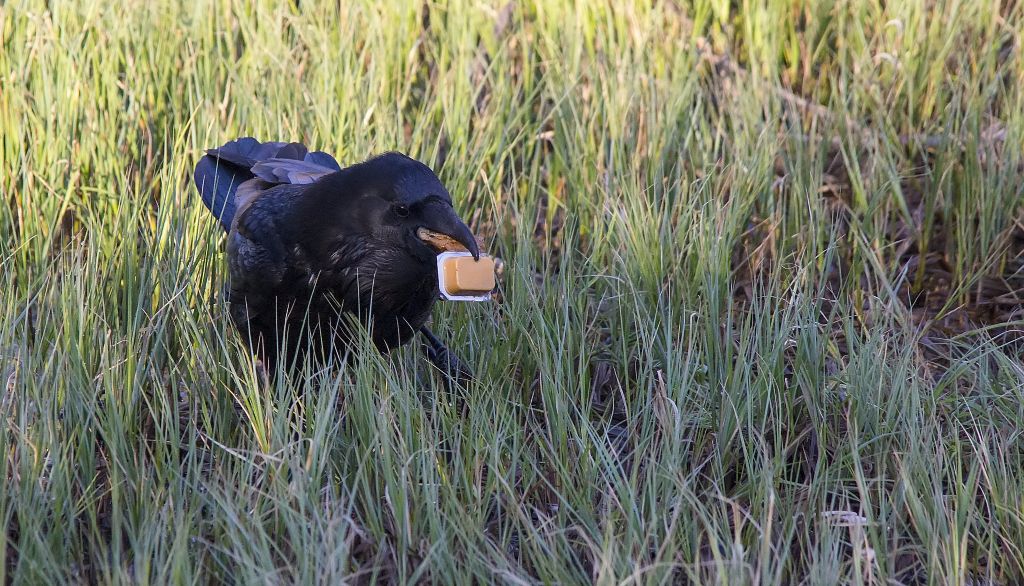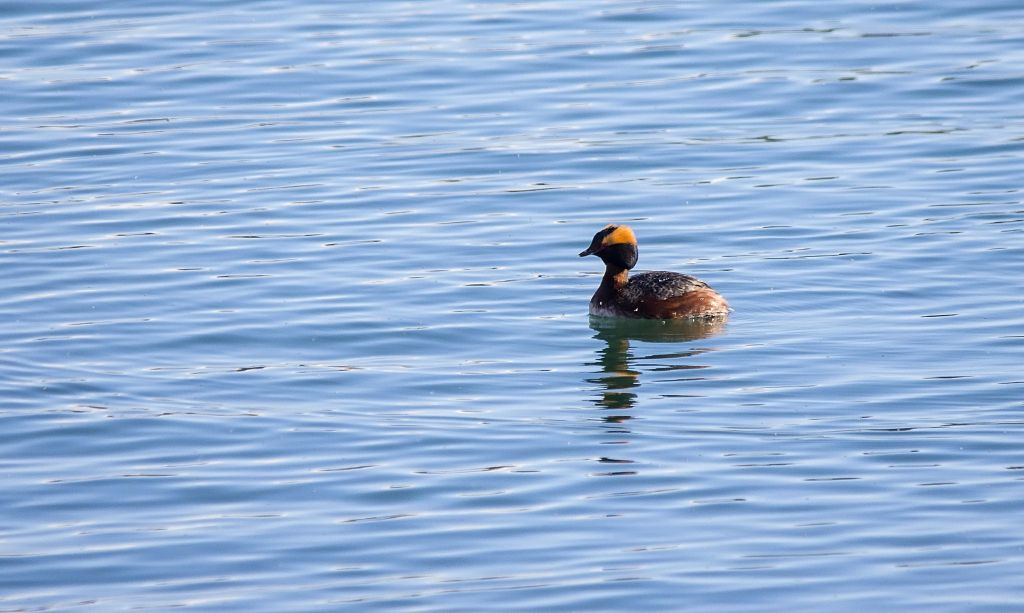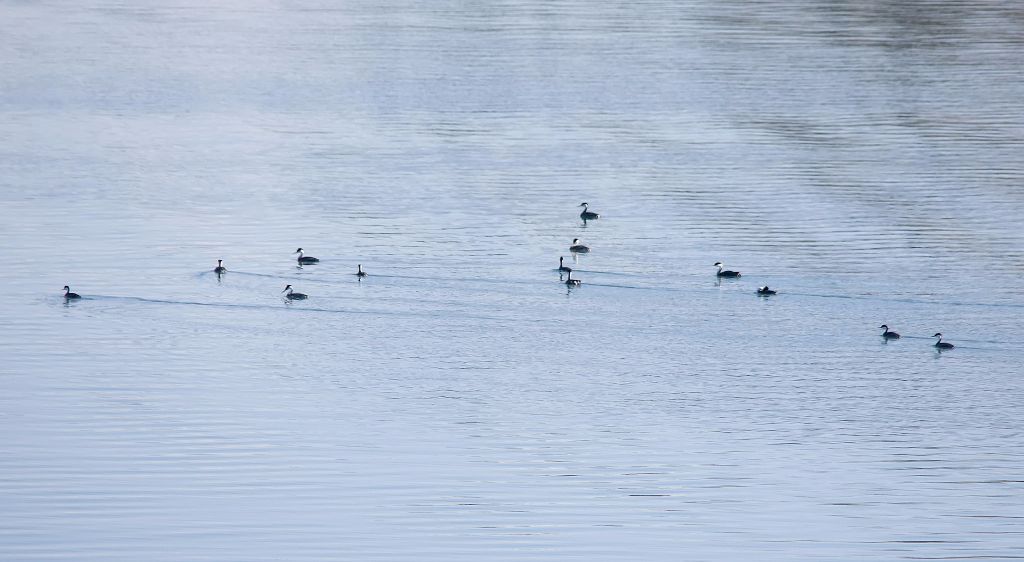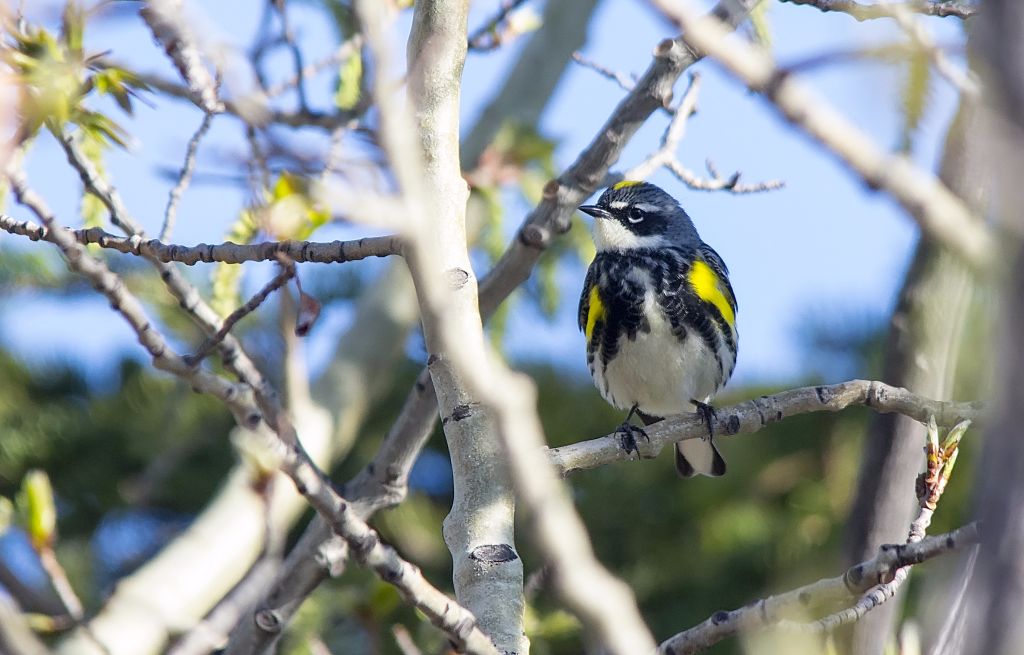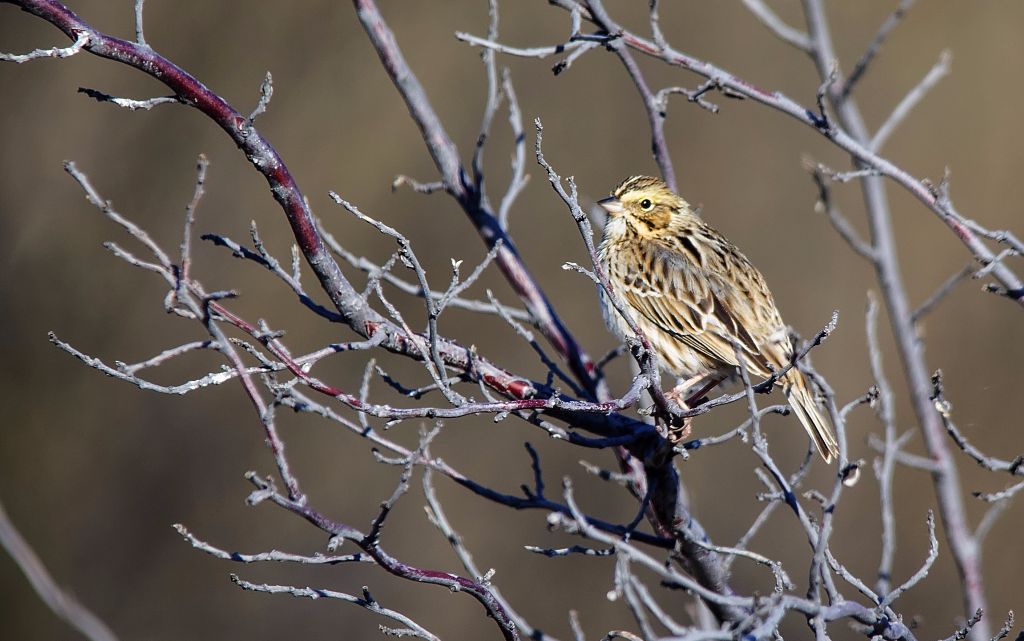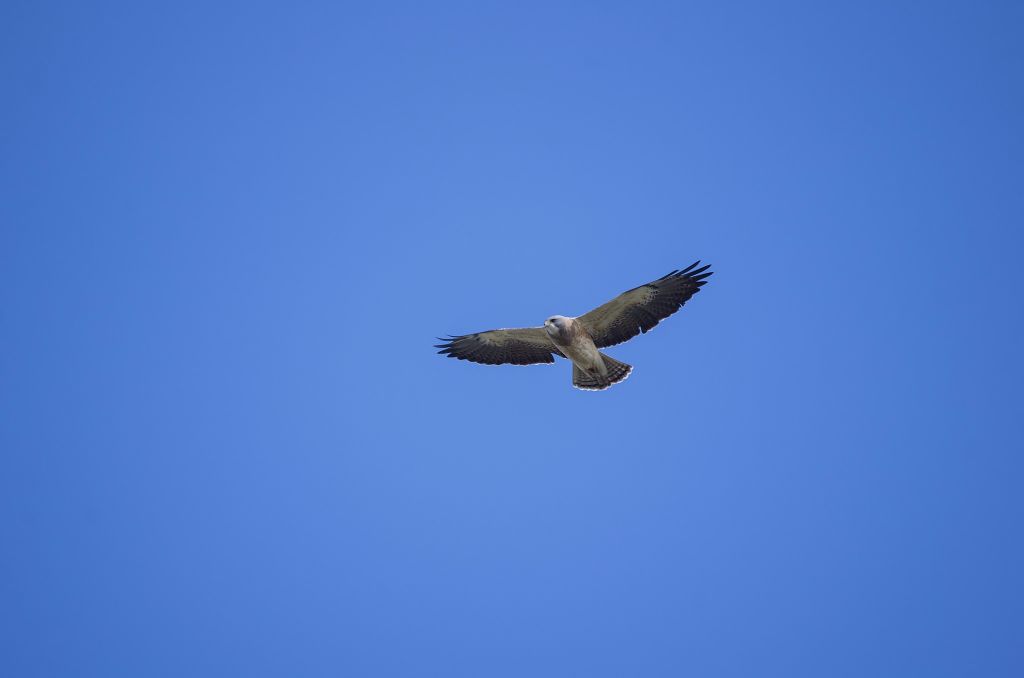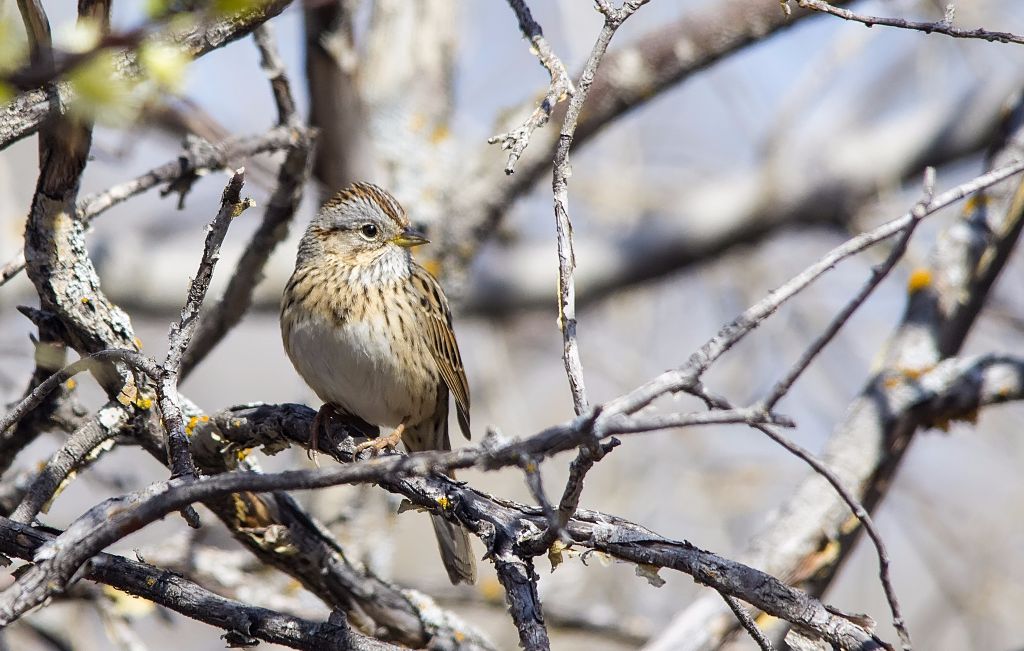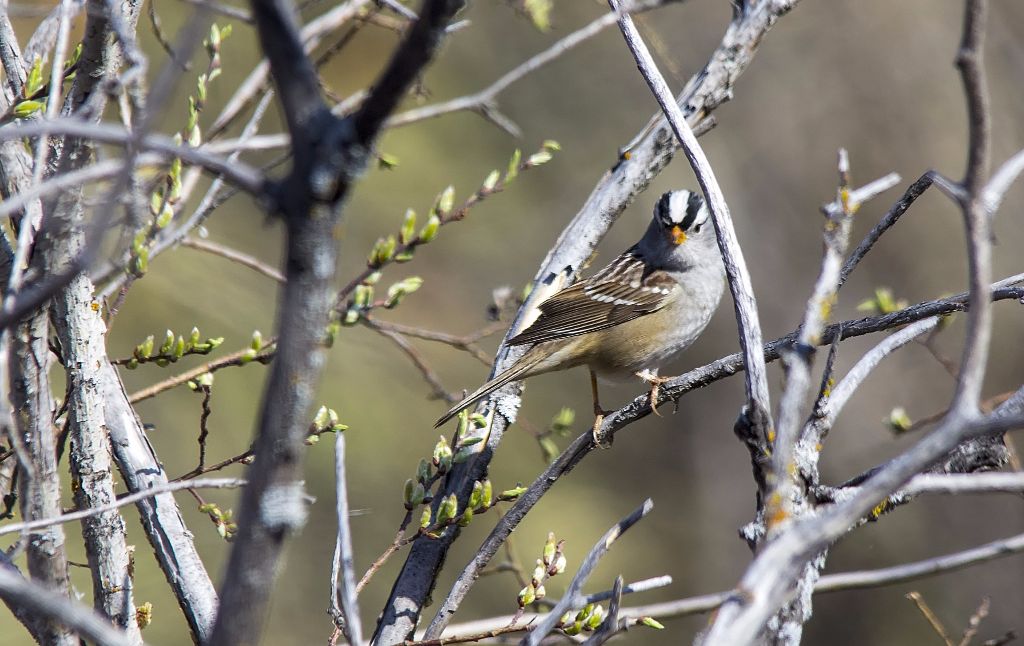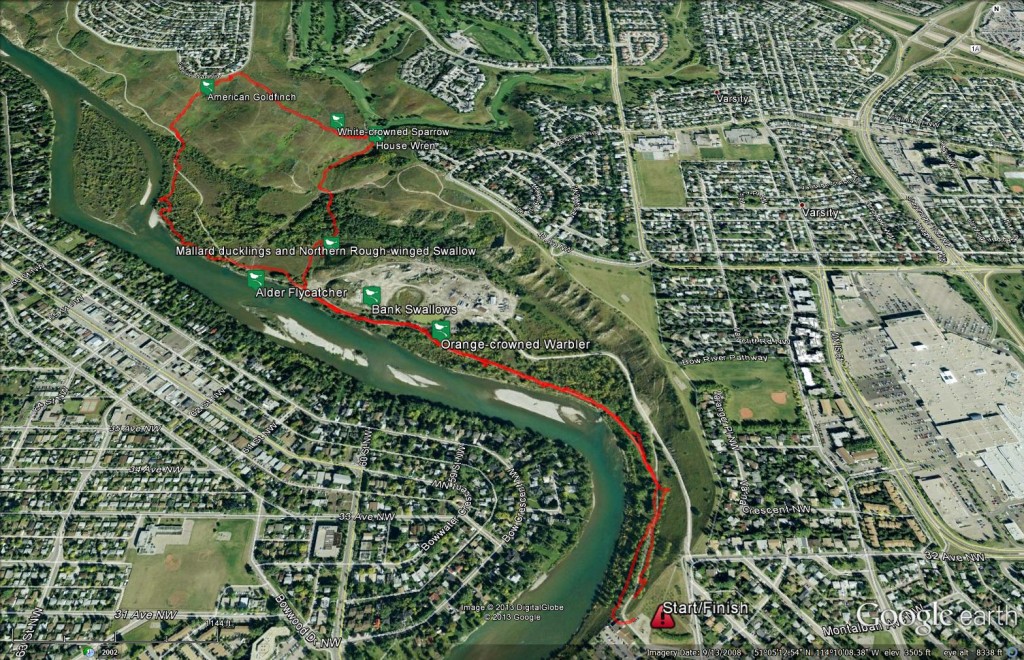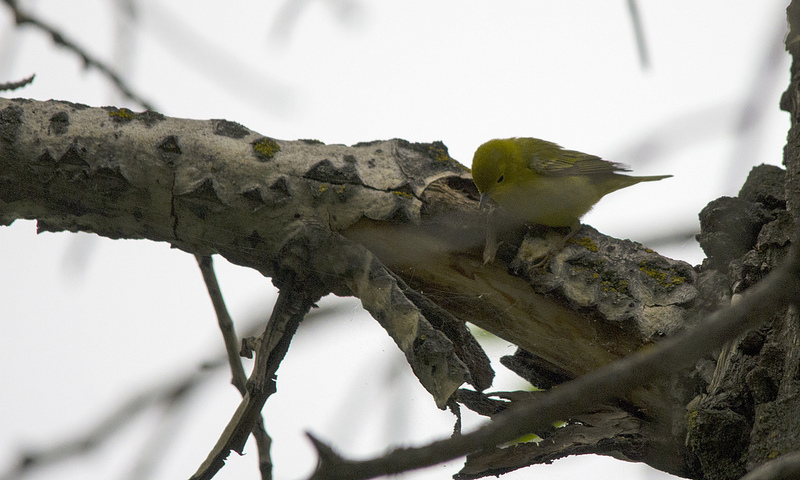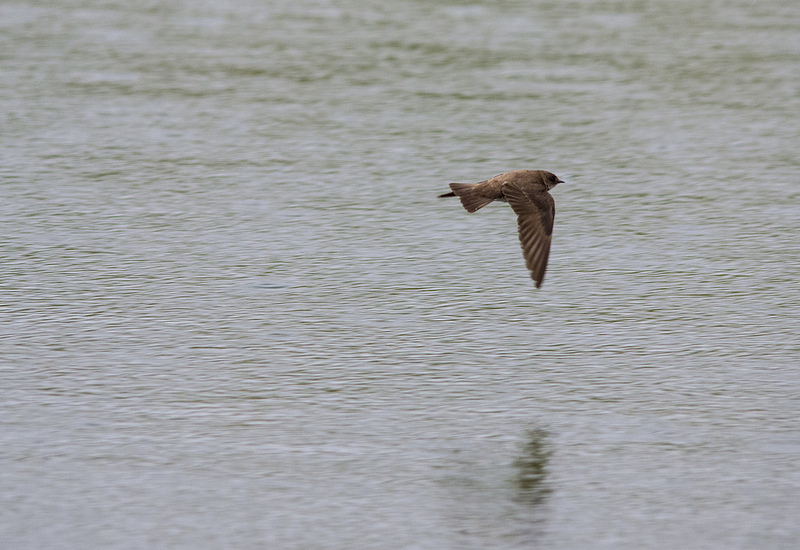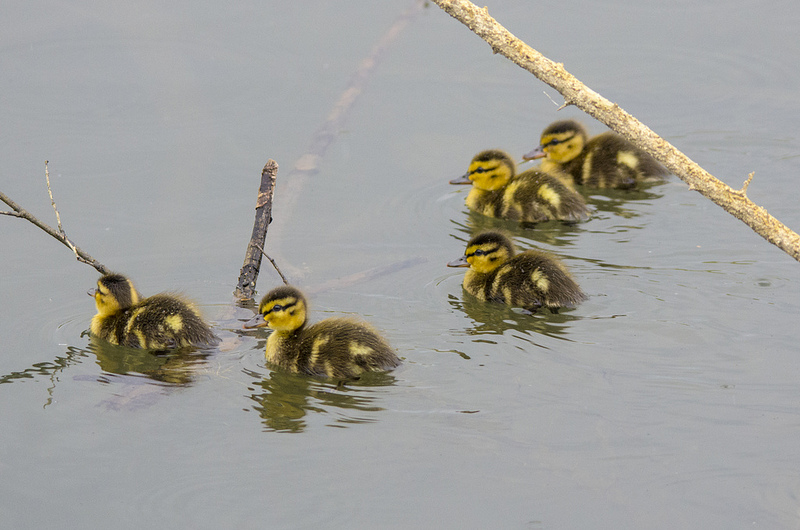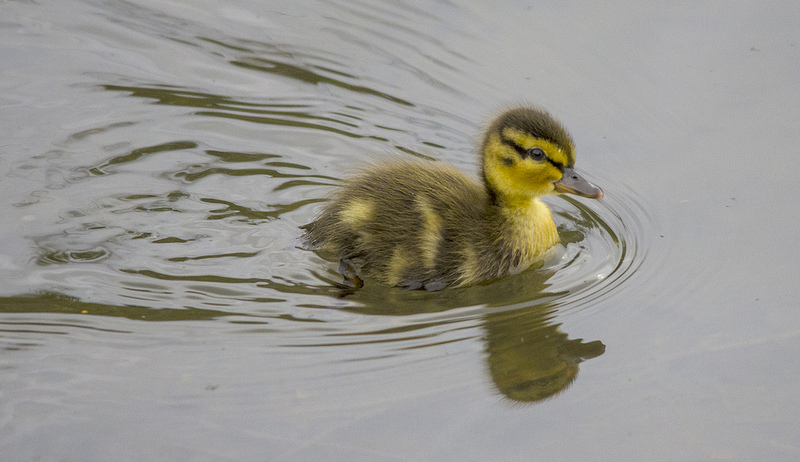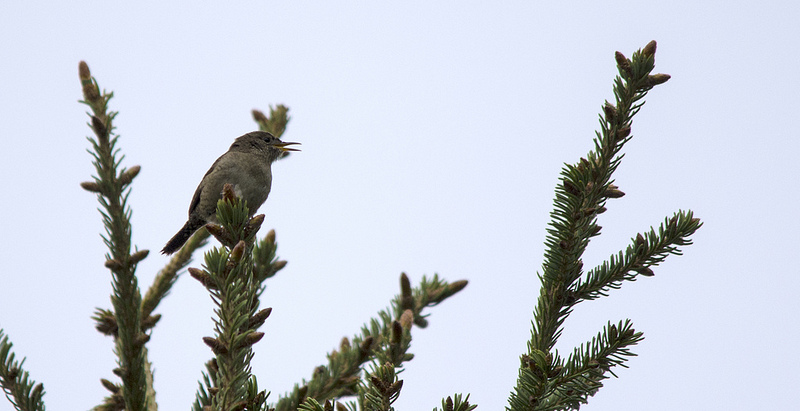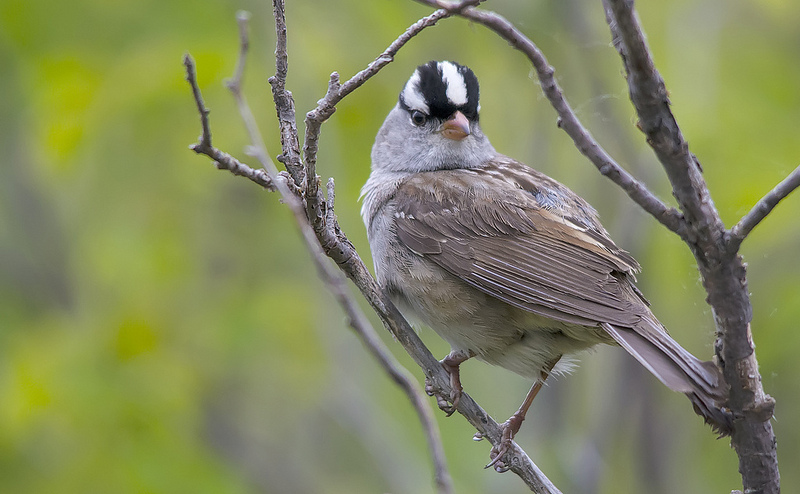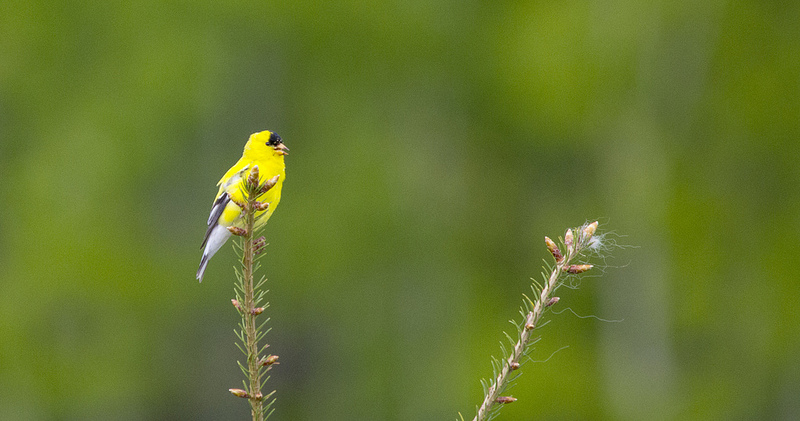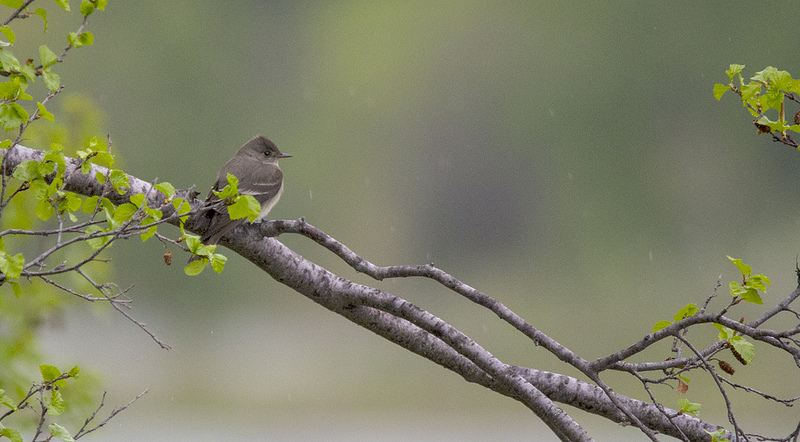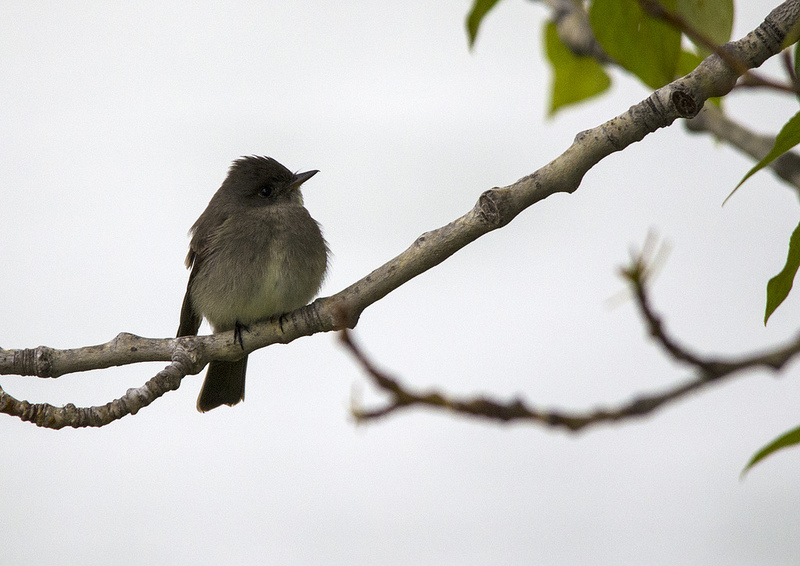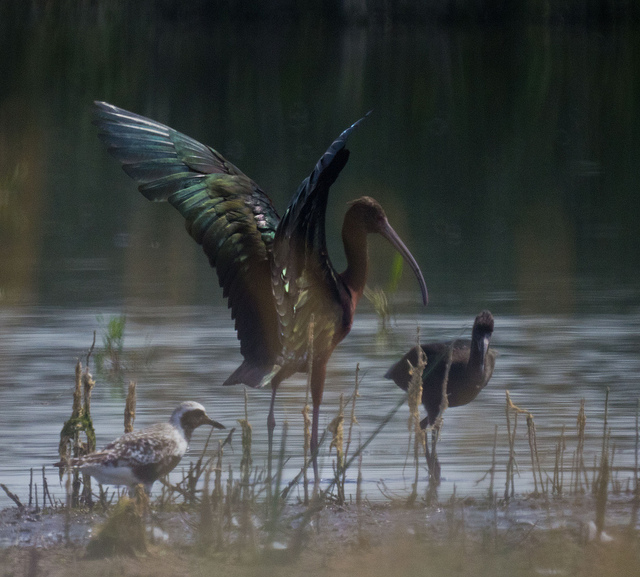Posted by Bob Lefebvre
In early October a Golden-crowned Sparrow showed up in the yard of local birder Brian Elder. This species is almost never seen in the city. The bird stayed in the area for a few days, and many local birders were able to see it. Gavin McKinnon photographed it on October 8.

Golden-crowned Sparrow, NW Calgary, October 8, 2017. Photo by Gavin McKinnnon.
Golden-crowned Sparrows are normally found in the western mountains of North America. They breed as far north as Alaska, and migrate to the west coast of the continental US to spend the winter (they are also present in winter on the BC coast and southern mainland, and some overwinter on the western Alaskan coast). The occasional one that turns up here is probably on its way to the west coast of the US.
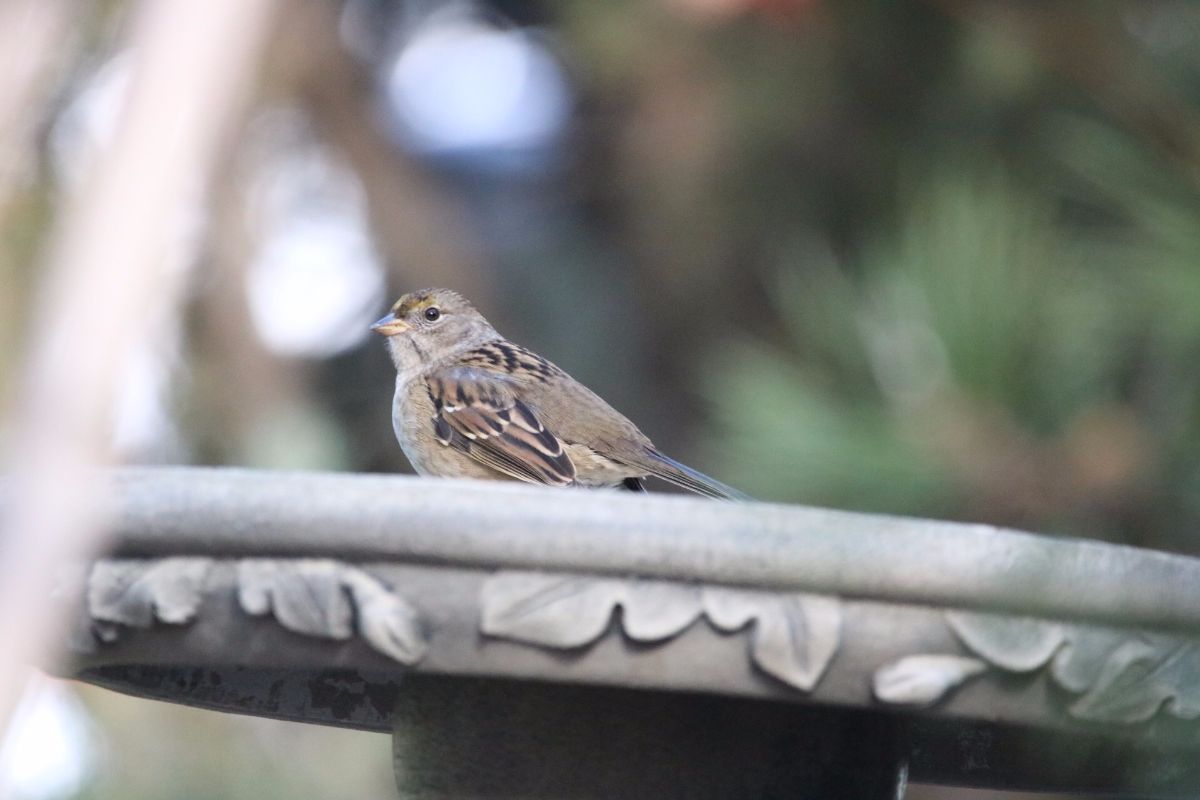
Golden-crowned Sparrow, NW Calgary, October 8, 2017. Photo by Gavin McKinnnon.
This species is in the genus Zonotrichia, which also includes Harris’s Sparrow, White-crowned Sparrow, and White-throated Sparrow (all of which can be seen in Calgary), and the Rufous-collared Sparrow which is native to Mexico, Central and South America. White-crowned and White-throated Sparrows breed here, and many more are seen in Calgary on migration as well. Harris’s Sparrow (the only songbird that breeds exclusively in Canada) migrates mostly through Manitoba and Saskatchewan, but a few are seen here every spring and fall.
When the Golden-crowned Sparrow was in Brian’s yard, a Harris’s Sparrow was also present. Gavin photographed this bird too.

Harris’s Sparrow, NW Calgary, October 8, 2017. Photo by Gavin McKinnnon.
At one point, both a White-crowned and a White-throated Sparrow were also there, so Brian had all four of the local Zonotrichia species in his yard at the same time – certainly a very rare and possibly unique circumstance for Calgary.
These four species are all large and similar in structure. Here are the other two local Zonotrichia species, photographed in Calgary in earlier years by Dan Arndt.
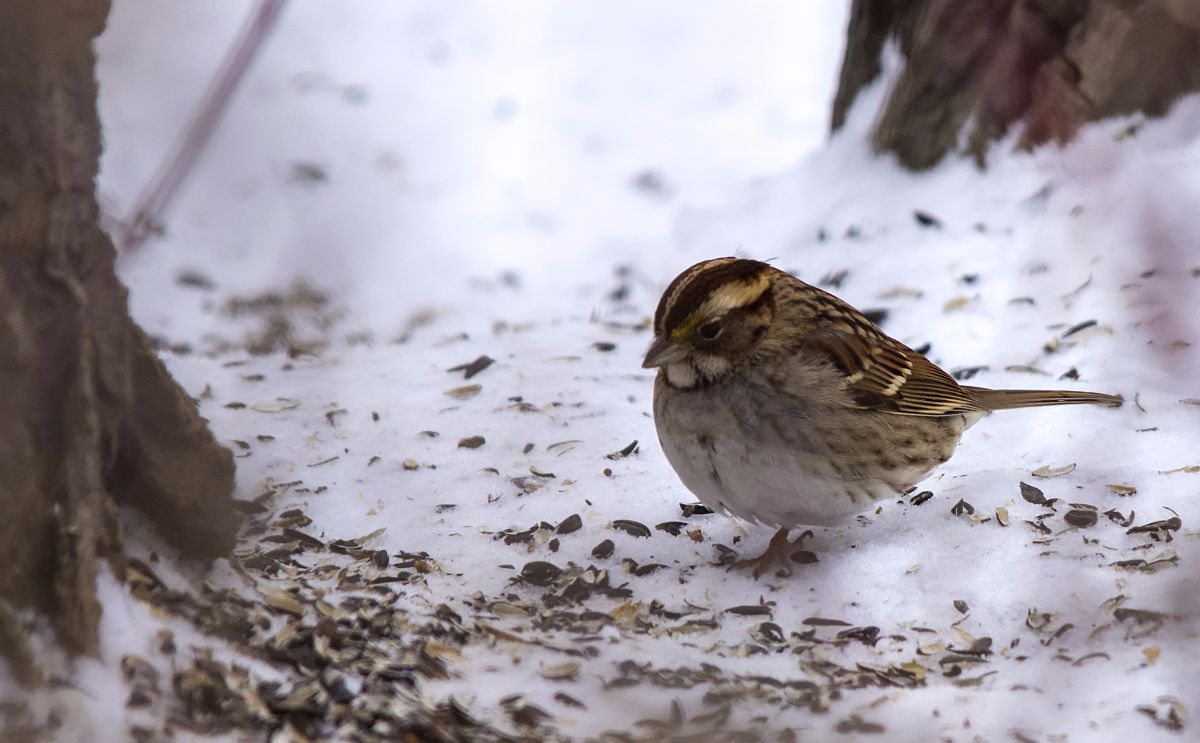
White-throated Sparrow, February 2, 2014. Photo by Dan Arndt.
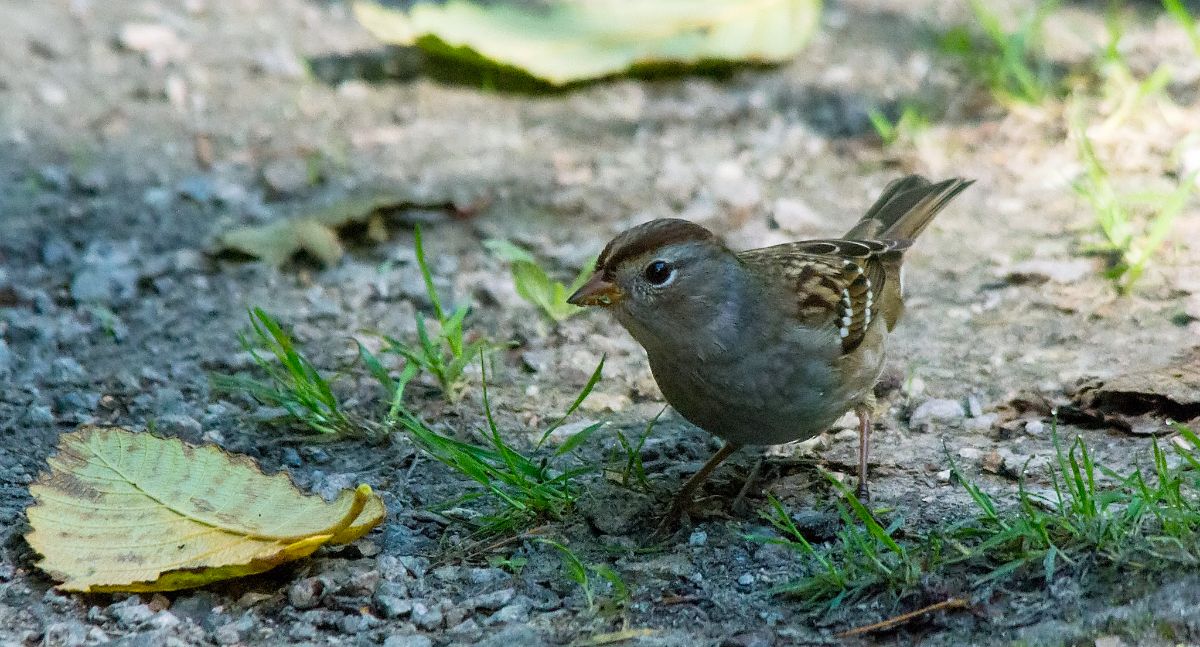
White-crowned Sparrow, September 11, 2015. Photo by Dan Arndt.
All of these birds are first-year or immature birds. Adults are more distinctive but are more often seen in the spring.
Here is a photo of the other Zonotrichia species, the Rufous-collared Sparrow. If you see one of these, you are no longer in Calgary.
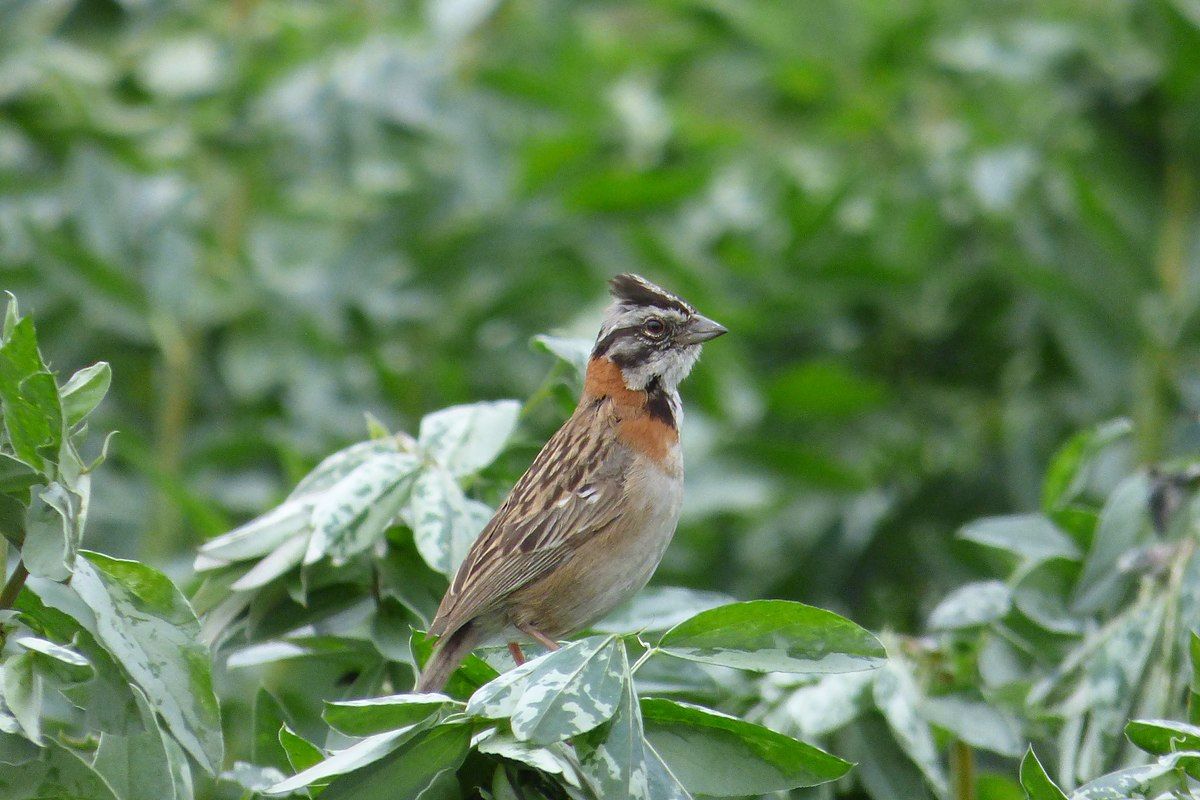
Rufous-collard Sparrow from Wikimedia Commons. By BERNARDO VALENTIN – Own work, CC BY-SA 4.0, https://commons.wikimedia.org/w/index.php?curid=51781854
